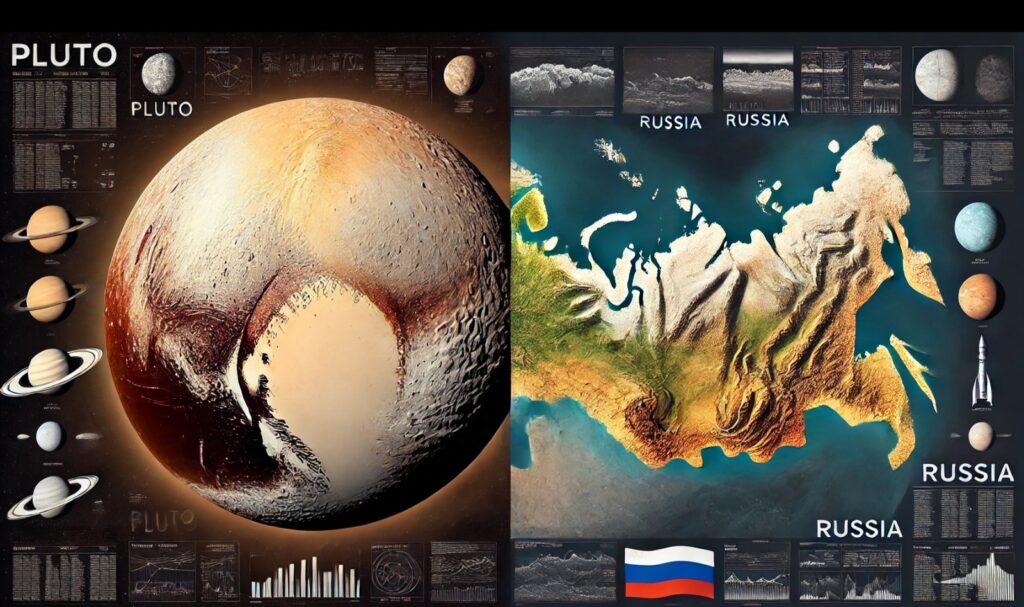Is MSG Bad For Your Health?
MSG (monosodium glutamate) is generally safe for most people and is not inherently bad for health. Scientific research has not confirmed that MSG causes significant health problems in the quantities typically used in food. The negative reputation it developed, particularly as being harmful, is largely rooted in anti-Asian sentiment and misconceptions.The idea that MSG is harmful originated from a 1968 letter to a medical journal, which described “Chinese Restaurant Syndrome.” This term has since been criticized as it unfairly stigmatized Asian cuisine without strong scientific evidence. Over the years, numerous studies have shown that MSG is safe to consume in normal amounts, similar to other seasonings. The U.S. FDA and other international health organizations recognize MSG as safe.
The negative perception around MSG reflects a broader pattern of xenophobia and bias against Asian cultures.
What is MSG made from?
MSG (monosodium glutamate) is made from glutamic acid, an amino acid that occurs naturally in many foods, such as tomatoes, cheese, and mushrooms. It is produced through a fermentation process similar to the way yogurt, vinegar, and wine are made. Here’s a breakdown of how MSG is made:
1. Fermentation: MSG is typically produced by fermenting starches, sugar beets, sugar cane, or molasses using bacteria like Corynebacterium glutamicum. During fermentation, these bacteria convert carbohydrates into glutamic acid.
2. Neutralization: The glutamic acid is then neutralized with sodium hydroxide, forming monosodium glutamate.
3. Crystallization: The solution is then filtered and crystallized to produce the pure MSG crystals that are used as a seasoning.
MSG is essentially a purified form of the naturally occurring glutamate found in many protein-rich foods, and it enhances flavor by stimulating umami, the fifth basic taste.
Scientific Research
Scientific research has shown that MSG (monosodium glutamate) is safe for most people when consumed in typical amounts found in food. The FDA, the World Health Organization (WHO), and the European Food Safety Authority (EFSA) have all classified MSG as safe. Numerous studies have examined its effects and found no consistent evidence linking MSG to serious health problems. For example:
1. Double-Blind Studies: Research involving double-blind, placebo-controlled trials found no significant differences in symptoms between those who consumed MSG and those who received a placebo. This suggests that reactions attributed to MSG may be due to other factors or a nocebo effect (when symptoms occur because a person believes a substance is harmful).
2. Toxicity Studies: Toxicological evaluations have shown that MSG, at the levels commonly used in food, does not pose any toxic risk to humans. High doses, far above what people would typically consume, may cause temporary symptoms like headache or nausea, but these are not considered serious health risks.
3. Long-term Studies: Research has also looked into long-term consumption and concluded that there is no evidence of adverse health outcomes in populations with regular MSG intake.
The misconception that MSG is harmful is more cultural than scientific, often tied to anti-Asian bias and misinformation rather than robust evidence.
MSG: The Flavor of Longevity and Intelligence
Several countries with high life expectancy and high average IQ also have high MSG consumption, especially in East Asia, where it is a common food ingredient. These countries often rank highly in global health and education metrics, showing that high MSG intake does not negatively impact longevity or intelligence. Here are some notable examples:
- Japan
Life Expectancy: One of the highest in the world, averaging around 85 years.
Average IQ: Approximately 106, among the highest globally.
MSG Consumption: Widely used in Japanese cuisine (e.g., dashi broth and various seasonings) and processed foods.
- South Korea
Life Expectancy: Approximately 83 years.
Average IQ: Around 106, also one of the highest worldwide.
MSG Consumption: Commonly used in traditional dishes like kimchi, soups, and instant noodles.
- Singapore
Life Expectancy: Around 84 years.
Average IQ: Estimated at 108, one of the top averages globally.
MSG Consumption: Used frequently in local cuisine, including Chinese, Malay, and Indian dishes.
- Hong Kong
Life Expectancy: One of the highest globally, around 85 years.
Average IQ: Around 108.
MSG Consumption: Common in Cantonese cuisine and other local dishes.
- Taiwan
Life Expectancy: Approximately 81 years.
Average IQ: Estimated at 104.
These examples illustrate that high MSG consumption correlates with high life expectancy and IQ levels in these countries. It suggests that the use of MSG as a seasoning has not negatively affected health or cognitive development, supporting the consensus that MSG is safe for most people when used in regular culinary practices.
MSG Consumption: Common in Taiwanese street food, soups, and snacks.
Popular MSG Brands
Here are 10 popular MSG brands worldwide:
1. Ajinomoto (Japan) – The original and most globally recognized MSG brand, often synonymous with MSG itself.
2. Accent (USA) – A widely used MSG brand in North America, commonly found in supermarkets for home cooking.
3. Vedan (Taiwan) – A leading brand in Taiwan and other Asian countries, known for its quality MSG products.
4. Miwon (South Korea) – A major brand in South Korea, popular in traditional Korean dishes.
5. Meihua (China) – One of China’s largest and most prominent MSG manufacturers, supplying both local and international markets.
6. Fufeng Group (China) – A significant producer of MSG and food additives, recognized in the Chinese and global markets.
7. Toto (China) – An established brand in China, also widely distributed in other Asian regions.
8. Sasa (Indonesia) – A well-known Indonesian brand that produces MSG and MSG-based seasonings, popular in Southeast Asia.
9. Masako (Indonesia) – Another major MSG and seasoning brand in Indonesia, commonly used in local cuisine.
10. Lotus (China) – A trusted and widespread MSG brand in China, frequently used in households and restaurants.
These brands represent the global reach of MSG, particularly in Asian countries where it is a staple in culinary practices.
